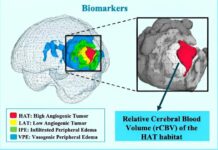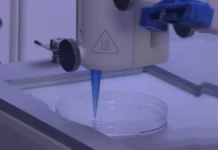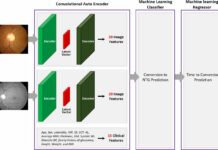Researchers have developed a probe that can measure electrochemical signals of bacteria and help identify antibiotic resistance within 90 minutes.
Antibiotic resistance continues to threaten health systems across the world. In recent years, scientists have reported drug-resistant strains of multiple infectious diseases including shigella, meningitis, and malaria. Although treatment of such infections is often a challenge, timely identification of the resistant pathogens is a further hurdle. Currently, doctors rely on culturing bacteria in the lab to determine whether its susceptible or resistant to various antibiotics. However, this can take days; thus, delaying treatment and leading to serious complications in patients. Now, researchers at Washington State University have developed a new electrochemical test that can identify antibiotic resistance within minutes. سباق احصنة The team outlined their work in the journal Biosensors and Bioelectronics.
How the test works
The new test uses electric probes to measure the electrochemical activity of bacteria within patient samples. First, bacterial samples are exposed to an antibiotic and then the probes measure their metabolic activity. If bacteria continue to metabolize and ‘breathe’ after treatment, then it is considered resistant to the drug. The researchers analyzed 8 different bacterial strains using their electrochemical test. According to the study, the test helped identify susceptible and resistant strains in less than 90 minutes. العاب مربحة على النت
Instead of looking for growth of a culture, we look for metabolism, and that is basically what we’re detecting by the movement of these electrons so it can happen in much shorter time spans compared to a conventional culture-based assay.
– Professor Douglas Call, study co-author
Previous attempts at an electrochemical test had proven difficult as bacteria cannot directly transfer electrons to an electrode. Therefore, researchers added a chemical mediator that acted like a shuttle, moving electrons to the electrode for measurement of the electrochemical signal.
According to study author, Professor Haluk Beyenal, additional developments to the test can likely speed up the process even further:
“We are doing it in two hours, but if we understand mechanisms better, maybe we can do this in minutes….As long as the bacteria are alive, we can do this measurement.”
Reference:
Tibbits, G., Mohamed, A., Call, D. R., & Beyenal, H. (2022). Rapid differentiation of antibiotic-susceptible and -resistant bacteria through mediated extracellular electron transfer. تنزيل العاب اون لاين Biosensors and Bioelectronics, 197, 113754. https://doi.org/10.1016/j.bios.2021.113754




